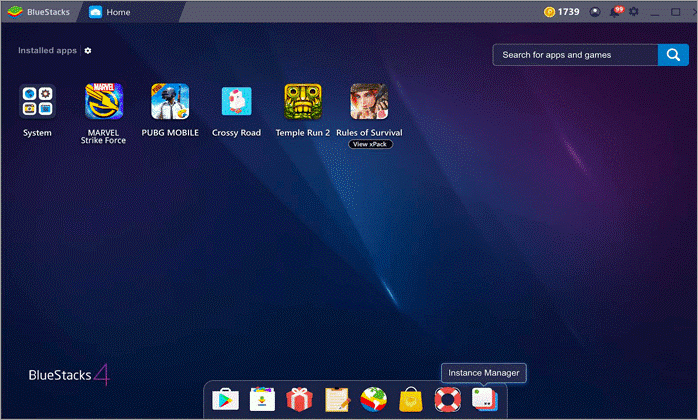What is Chip-8 Programming Language?
CHIP-8 is an interpreted programming language, developed by Joseph Weisbecker. It was initially used on the COSMAC VIP and Telmac 1800 8-bit microcomputers in the mid-1970s. CHIP-8 programs are run on a CHIP-8 virtual machine. It was made to allow video games to be more easily programmed for these computers.
What is Emulator?
I think it is very important to first understand what is an emulator. An emulator is a computer program that mimics the interior design and functionality of a computer system. Almost people confuse a simulator with an emulator and vice versa. Note that this word is not synonymous.

Pong is a 2D tennis game that was developed by Atari and ran on their hardware. However, the game wasn’t just available on Atari systems, but also on rival platforms such as Amstrad, Amiga, and the C64.
How to write an Emulator?
This guide will give you ideas about simulation programs. It will also teach you how to write the program yourself from the beginning. Personally, I have been excited about emulators software since the late 90’s. As I didn’t own a console back in the days (only had a C64), I was pleasantly surprised when I learned that you could use an emulator to run console games on the PC.
Although this guide expects you to have some basic knowledge of computer systems and assumes that you know a programming language, it should also be an interesting lesson for people who are interested in imitation in general.
Show 102550100 entries
Search:

Game Loop
#include #include // OpenGL graphics and input #include “chip8.h” // Your cpu core implementation chip8 myChip8; int main(int argc, char **argv) { // Set up render system and register input callbacks setupGraphics(); setupInput(); // Initialize the Chip8 system and load the game into the memory myChip8.initialize(); myChip8.loadGame(“pong”); // Emulation loop for(;;) { // Emulate one cycle myChip8.emulateCycle(); // If the draw flag is set, update the screen if(myChip8.drawFlag) drawGraphics(); // Store key press state (Press and Release) myChip8.setKeys(); } return 0; }
Emulation cycle
void chip8::initialize() { // Initialize registers and memory once } void chip8::emulateCycle() { // Fetch Opcode // Decode Opcode // Execute Opcode // Update timers }
CHIP-8 Opcode table
CHIP-8 has 35 opcodes, which are all two bytes long and stored big-endian. The opcodes are listed below, in hexadecimal and with the following symbols:
set_BCD(Vx)
*(I+0)=BCD(3);
*(I+1)=BCD(2);
*(I+2)=BCD(1);
Stores the binary-coded decimal representation of VX, with the most significant of three digits at the address in I, the middle digit at I plus 1, and the least significant digit at I plus 2. (In other words, take the decimal representation of VX, place the hundreds digit in memory at a location in I, the tens digit at location I+1, and the ones digit at location I+2.);FX55MEMreg_dump(Vx,&I)Stores V0 to VX (including VX) in memory starting at address I. The offset from I is increased by 1 for each value written, but I itself is left unmodified.FX65MEMreg_load(Vx,&I)Fills V0 to VX (including VX) with values from memory starting at the address I. The offset from I is increased by 1 for each value written, but I itself is left unmodified.
Installation
Go install github.com/bradford-hamilton/chippy
0 comments:
Post a Comment